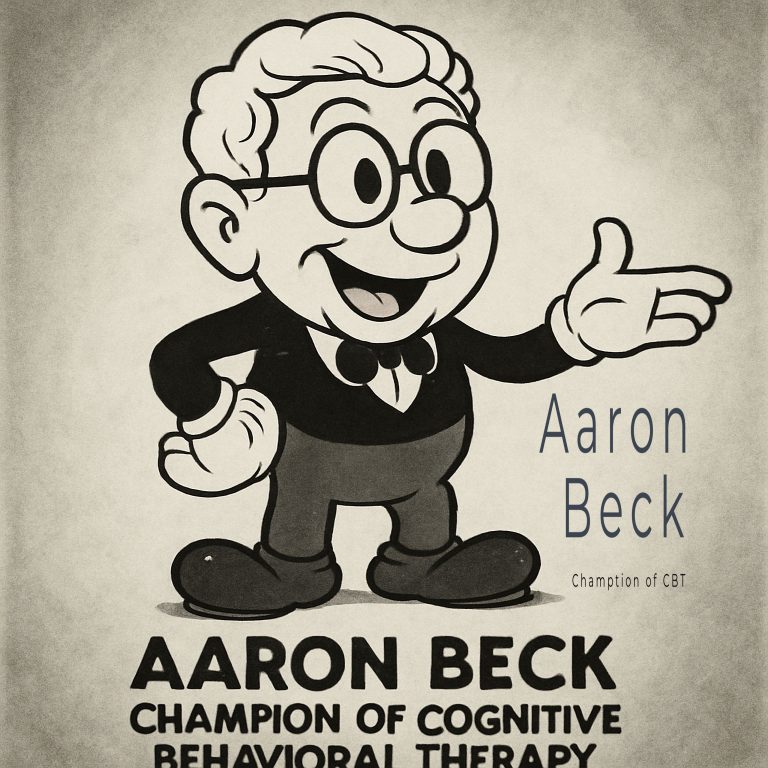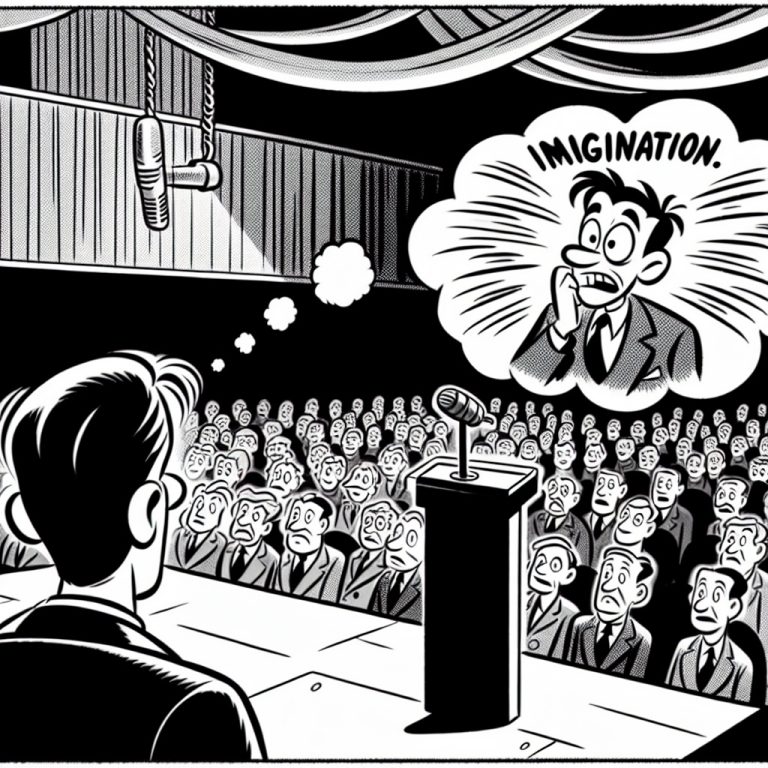Transforming Negative Thought Patterns with Cognitive Defusion
Summary This case study highlights how a client was struggling with persistent ruminating, overthinking, and negative thought patterns. The client successfully worked through these challenges using cognitive defusion. This technique is derived from Acceptance and Commitment Therapy (ACT). By implementing…






